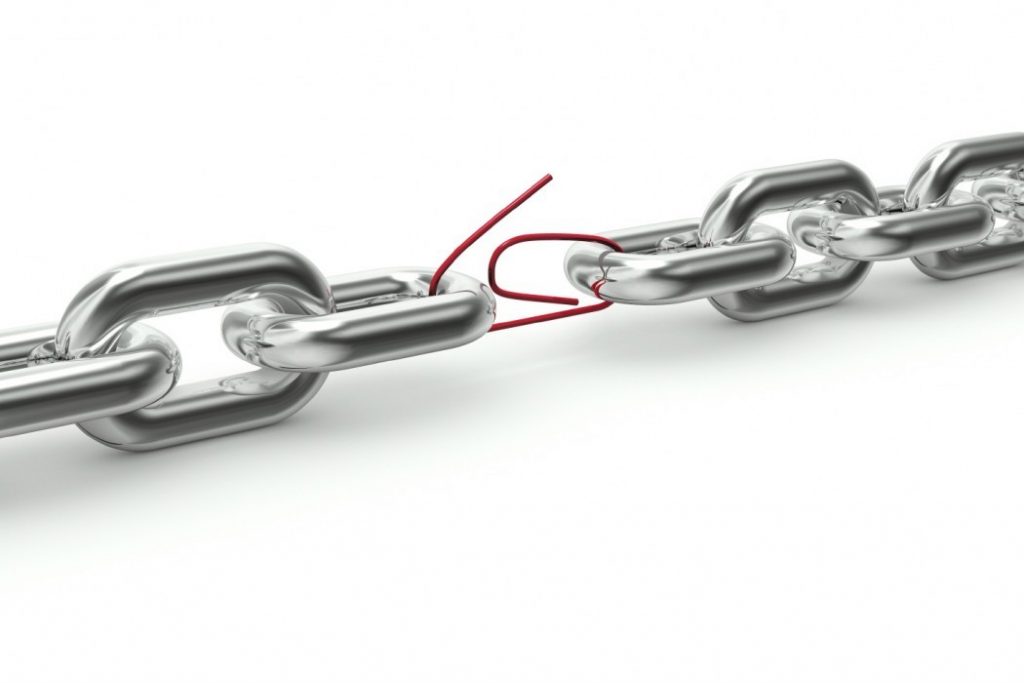The late Eli Goldratt (1947-2011) was a scientist who building on models and ideas from the natural world and turned the focus of his work to the leadership of change. He coined the phrase ‘Theory of Constraints’ – which at its simplest says ‘No system is operating at maximum potential, if it were there would be infinite and perfect output, there will always be at least one limiting factor, or constraint, be it machinery, a person, policy, belief, behaviour or whatever. Any system is only as strong as its weakest link. To improve efficiency focus on overcoming the most significant constraint, work on that until it’s no longer the biggest bottleneck. Identify new biggest constraint, and repeat.’
If you are making widgets – in theory you can create an infinite number of widgets – but there are constraints: the size of the factory, the availability of raw materials, the number of workers, their competence…. And you can improve efficiency by reducing the constraints – building a larger factory, training staff, researching other sources of raw materials and so on…
In the Church context in theory our ministry and mission could impact every soul in the world. But there are constraints: number of leaders, ministers, teachers to motivate and inspire, availability of human, financial and material resources, competence of human resource, and external constraints in the willingness to engage, competing pressures on time and so on…
Goldratt also said that many constraints are unwittingly set up when we change a part of the system but omit to undo the rules required to uphold the old process! Have you ever seen that around the Church..? But we have always done it that way! The XYZ committee has to approve that because 30 tum years ago it was remitted to them…. We created the rules, laws, acts – and we can change them…
Wikipedia has a good overview of TOC
Goldratt also taught the importance of exploring the benefits and challenges not only of taking a particular action to reduce the constraints – but of exploring the benefits and challenges of NOT TAKING a particular action. This is helpfully – and amusingly illustrated in the video below.
In the context of your Church experience what are the big bottlenecks? Can you think of times when old rules are carried into new processes?
